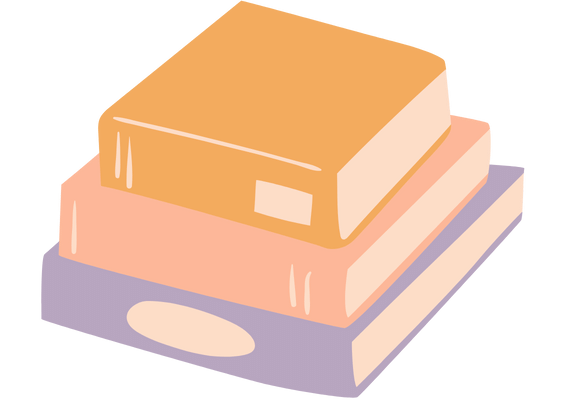
How To Write A Scientific Conclusion
A scientific conclusion is a concise statement of the main findings of a scientific study. It is important to write a scientific conclusion that accurately reflects the findings of the study, and is not influenced by personal biases.
There are a few key things to keep in mind when writing a scientific conclusion:
-Start by restating the purpose of the study.
-Summarize the main findings of the study.
-State the implications of the findings.
-Make any recommendations that are warranted by the findings.
-End with a brief statement of the limitations of the study.
The purpose of a scientific conclusion is to provide a brief, accurate summary of the main findings of a scientific study. It is important to be impartial and to not let personal biases influence the writing of the conclusion. The main findings of the study should be summarized succinctly, and the implications of the findings should be outlined. Any recommendations that are warranted by the findings should be mentioned, and the limitations of the study should be acknowledged.
What does a scientific conclusion look like?
A scientific conclusion is a statement that is based on evidence and that reflects the results of a scientific study. A scientific conclusion typically includes a summary of the study’s findings, as well as a statement of how confident the researchers are in those findings.
A good scientific conclusion will be clear, concise, and accurate. It will accurately reflect the study’s findings, and it will be written in a way that is easy for people to understand.
A scientific conclusion is not the same as an opinion or a personal belief. It is based on evidence, and it reflects the results of a scientific study.
What is a conclusion of a scientific study?
A conclusion of a scientific study is the main finding of the study. It is the answer to the question that the study was designed to answer. The conclusion is typically based on the results of the study, but it may also be based on the results of previous studies. It is important to note that the conclusions of scientific studies are often tentative, meaning that they may not be correct. This is because scientific studies are typically designed to test a specific hypothesis, and the results of a study may not agree with the hypothesis.
What are the 4 parts to a conclusion?
A conclusion is the final part of an essay, report, or speech. It is the end of the journey, and the reader’s final impression of your argument. A good conclusion will:
1. Recap the main points of your argument
2. Offer a synthesis of your argument
3. Provide a closing thought or call to action
4. Be well written and well-organized
A good conclusion will recap the main points of your argument. When you write your conclusion, take a few minutes to go back through your essay and make sure that you have summarized your main points. If you forget to do this, your reader may forget what you have said, and your argument will be weakened.
A good conclusion will also offer a synthesis of your argument. This means that you will bring together all of the different points that you have made and show how they support your overall argument. This is a good way to leave your reader with a strong final impression of your work.
Finally, a good conclusion will provide a closing thought or call to action. This is your opportunity to leave your reader with something to think about, or to urge them to take action on the issue that you have been discussing.
A good conclusion should be well written and well-organized. It should be clear and concise, and it should flow smoothly from the rest of your essay.
If your conclusion is choppy or disorganized, it will weaken the impression that you have made.
Physics lab report conclusion example
A lab report conclusion is a short, concise paragraph that summarizes the key points of your lab report. It should include a restatement of your hypothesis, the results of your experiment, and how those results support or disprove your hypothesis.
In your lab report, you stated that you believed that the length of a metal wire would affect its resistance. You found that as the length of the wire increased, so did its resistance. This supports your hypothesis.
Your lab report also found that the temperature of the wire affects its resistance. As the wire’s temperature increased, so did its resistance. This disproves your hypothesis that the length of the wire affects its resistance.
Science experiment report example
Science experiments are a great way for students to learn about the scientific method and the scientific process. A good science experiment will have a clear question, a hypothesis, and a method. The results of the experiment should be recorded and analyzed to see if the hypothesis was correct.
The following is an example of a science experiment report.
The Question:
Does the temperature of the water affect the time it takes for an egg to boil?
The Hypothesis:
If the temperature of the water is increased, the time it takes for the egg to boil will decrease.
The Method:
One egg was boiled in water of different temperatures (100 degrees Fahrenheit, 120 degrees Fahrenheit, and 140 degrees Fahrenheit). The time it took for the egg to boil was recorded.
The Results:
The egg boiled in 100 degrees Fahrenheit in 9 minutes and 30 seconds. The egg boiled in 120 degrees Fahrenheit in 6 minutes and 30 seconds. The egg boiled in 140 degrees Fahrenheit in 4 minutes and 30 seconds.
The Hypothesis was correct. The time it took for the egg to boil decreased as the temperature of the water increased.
